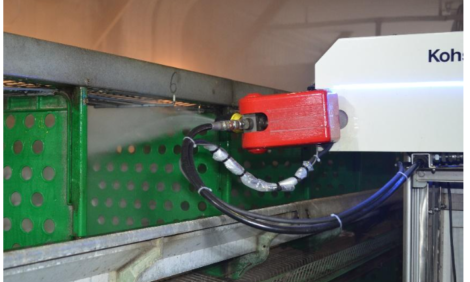



Impact of Antimicrobial Usage on Antimicrobial Resistance in Commensal <i>Escherichia coli </i>Strains Colonizing Broiler Chickens
By J. L. Smith, D. J. V. Drum, Y. Dai, J. M. Kim, S. Sanchez, J. J. Maurer, C. L. Hofacre, and M. D. Lee, University of Georgia and published in the Journal of Applied and Environmental Microbiology, March 2007 edition.Abstract
Escherichia coli strains isolated from commercial broilers and an experimental flock of chickens were screened to determine phenotypic expression of antimicrobial resistance and carriage of drug resistance determinants. The goal of this study was to investigate the influence of oxytetracycline, sarafloxacin, and enrofloxacin administration on the distribution of resistance determinants and strain types among intestinal commensal E. coli strains isolated from broiler chickens. We detected a high prevalence of resistance to drugs such as tetracycline (36 to 97%), sulfonamides (50 to 100%), and streptomycin (53 to 100%) in E. coli, isolates from treated and untreated flocks. These isolates also had a high prevalence of class 1 integron carriage, and most of them possessed the streptomycin resistance cassette, aadA1. In order to investigate the contribution of E. coli strain distribution to the prevalence of antimicrobial resistance and the resistance determinants, isolates from each flock were DNA fingerprinted by enterobacterial repetitive intergenic consensus sequence (ERIC) PCR. Although very diverse E. coli strain types were detected, four ERIC strain types were present on all of the commercial broiler farms, and two of the strains were also found in the experimental flocks. Each E. coli strain consisted of both susceptible and antimicrobial agent-resistant isolates. In some instances, isolates of the same E. coli strain expressed the same drug resistance patterns although they harbored different tet determinants or streptomycin resistance genes. Therefore, drug resistance patterns could not be explained solely by strain prevalence, indicating that mobile elements contributed significantly to the prevalence of resistance.
To view the full article please Click Here
March 2007









